One letter at a time: reconstructing Saadya's Refutation of Ibn Sāqawayh
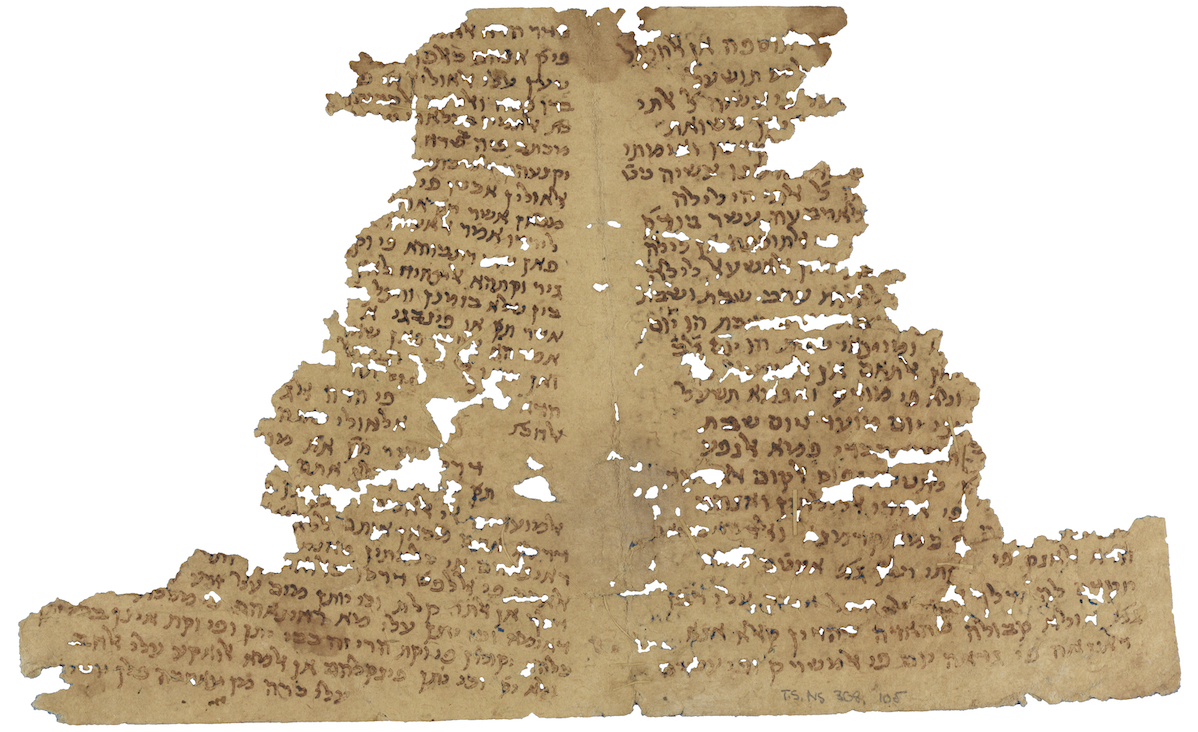
Most Genizah fragments are damaged – “torn”, “stained”, “rubbed”, “faded” occur frequently in Genizah catalogues – but some fragments are more damaged than others. Ink corrosion can destroy a text almost completely. A page torn vertically is harder to make sense of than one torn horizontally. It is especially frustrating but also tantalising when writing is preserved but earlier conservation work has, through error or a misunderstanding, obscured it. In such cases, working today with the UL’s Conservation Department can hugely improve the legibility of a fragment. Recently, I benefitted from such a cooperation when working on T-S NS 308.105 as part of a project funded by the Fritz Thyssen Foundation to edit and analyse calendar writings by Saadya Gaon (882–942 CE), one of the most important Jewish scholars of the 10th century.
Saadya wrote a number of treatises on the calendar as well as some polemical and exegetical works with a significant calendrical content. Among the latter group is a polemical pamphlet Refutation of Ibn Sāqawayh, in which Saadya rebuts claims by a non-rabbinic scholar, Ibn Sāqawayh, that talmudic rabbis deviated from the earlier mishnaic ones in specific areas of religious law, including the calendar. A number of Genizah fragments of the Refutation of Ibn Sāqawayh were identified and published in the early 20th century, but the pamphlet remains incomplete. In the course of my research, I found two new fragments of the calendar section of the Refutation. One of them, T-S NS 308.105, is a bifolio containing text not preserved in any other known copy and is valuable for reconstructing the missing portions of the work. Unfortunately, it is badly damaged. Both pages are torn vertically with from a third to a half of each page missing. Ink has eaten away some of the remaining text. On top of all that, though, during its earlier conservation, some detached fragments were reattached but were misaligned with the rest of the page, and small bits of paper were not fully unfolded, leading to the obscuring of precious letters. When deciphering a unique fragment that is as poorly preserved as T-S NS 308.105, every surviving character can influence the interpretation of the text. This is why I immediately jumped at Ben Outhwaite’s suggestion to consult our conservation experts and see if the state of the fragment could be improved. Rachel Sawicki, from the UL’s Conservation Department agreed to take on the job, and a week later the legibility of parts of the fragment was greatly improved.
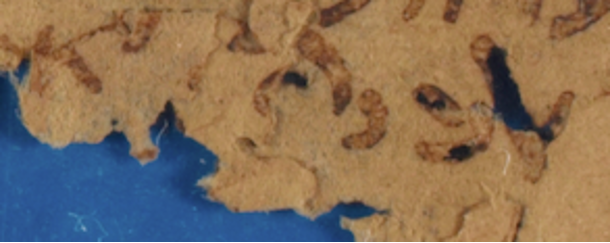
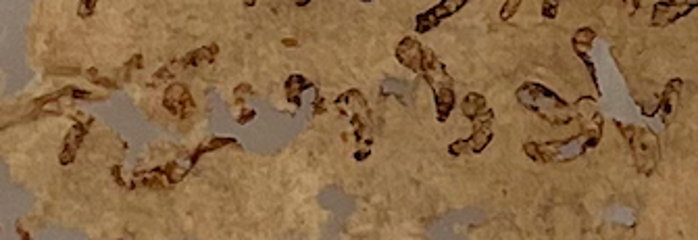
Figure 1, before and after unfolding.
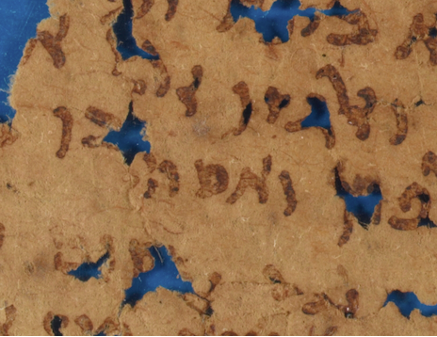
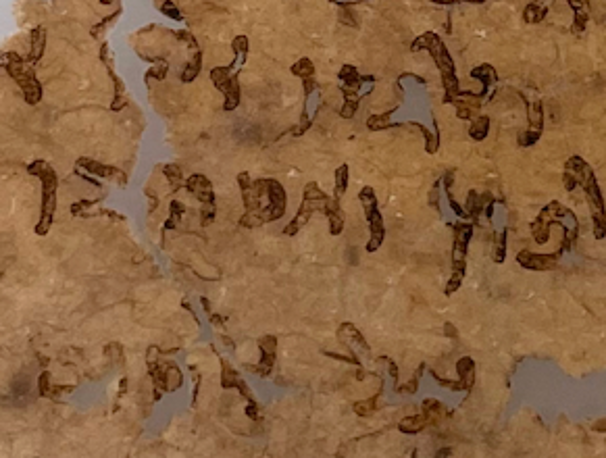
Figure 2, before and after realignment.
Fully unfolding the paper revealed previously hidden words, such as אלכל רצ֗ו “all are satisfied” in figure 1 (T-S NS 308.105 verso right). Realigning separate parts of the fragment improved the legibility of a passage on T-S NS 308.105 verso left (figure 2), where the words ואסהבו “they spoke at great length” and אלקום “the people” became easier to read and the numeral 7 in אלג֗זו אלז֗ “the seventh part” became legible for the first time. A similar realignment exposed a number of words on T-S NS 308.105 recto right (figure 3) including the appellation אלג֗אהל “the ignoramus”, which is used by Saadya in other sections of the pamphlet to refer to Ibn Sāqawayh. This reading gives crucial additional support to the identification of the fragment as part of the Refutation of Ibn Sāqawayh.


Figure 3, before and after realignment.


Figure 4, before and after unfolding.
When a fragment is badly damaged, its editor must attempt to reconstruct missing words and parts of words based on surviving characters as well as on their understanding of the context. The re-conservation of T-S NS 308.105 not only helped to fill lacunae but also helped me steer away from misleading reconstructions. On T-S NS 308.105 recto right (figure 4) יום מועד “the day of the festival” and יום שבת “the Sabbath day” are preceded by a word that seemed to me to end in אני. Noticing that both these phrases are in Hebrew, I initially reconstructed פי אלעבר]אני] “in Hebrew” and assumed that Saadya included here a grammatical or a lexicographic comment on these Hebrew expressions. The text revealed by the re-conservation proved me completely wrong! Instead, the partially concealed word turned out to be תקצ֗י “completion, passing”. Rather than making a linguistic comment, Saadya discussed the time when torches were lit to inform people that the new crescent was sighted (Mishna Rosh Hashana 2:2–3). He argued that if this sighting fell on a Sabbath, torches were lit only after the day of the festival and the Sabbath day had passed (cf. Tosefta Megilla 3:15). In Saadya’s view, this meant that people did not wait to see the light of a torch in order to begin a new month. This was an argument in support of Saadya’s contentious theory that the Jewish calendar was always set by a calculation and never relied on the observation of the moon.
The project “Saadya Gaon’s works on the Jewish calendar: Near Eastern sources and transmission to the West” is a collaboration between UCL, London and LMU, Munich, and is funded by the Fritz Thyssen Foundation.

Add new comment